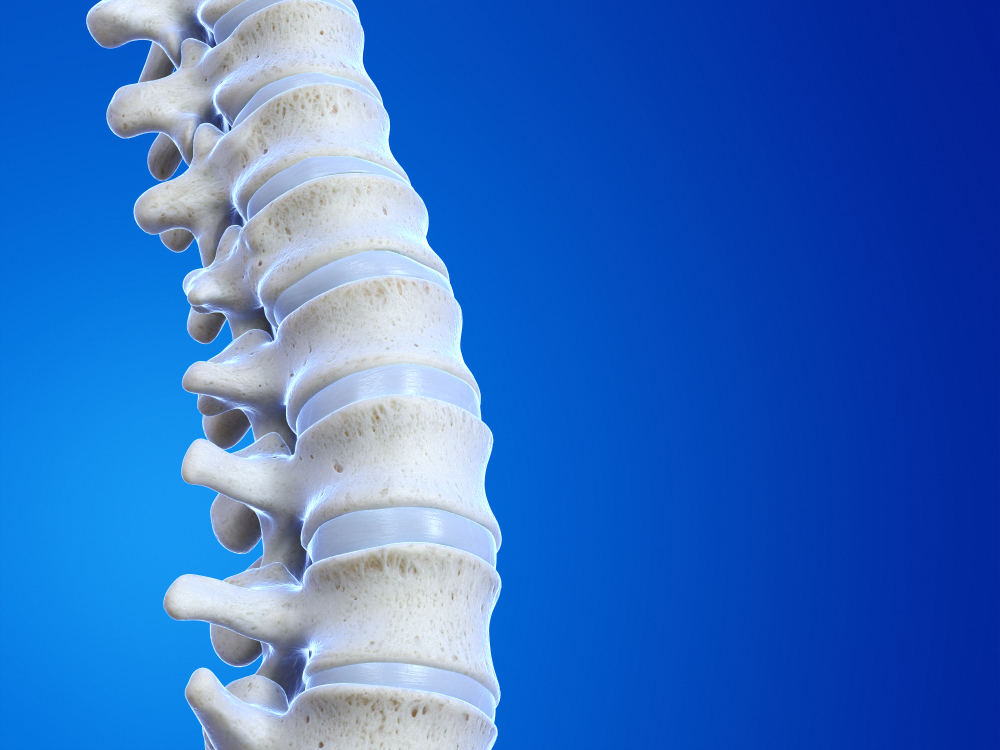
What is it?
Ankylosing spondylitis causes painful inflammation of the spine. Occasionally it can involve other joints or organs. In up to forty per cent of patients the eyes are affected with inflammation called uveitis or iritis. Stiffness due to ankylosing spondylitis is often improved after exercise.
Currently doctors believe that ankylosing spondylitis is caused by an autoimmune reaction. A trigger such as an infection may cause the body to react abnormally leading to inflammation. Over time, inflammation of the ligaments around the bone can lead to new bone growth which can cause separate vertebrae to join together. This can lead to long-term lack of mobility.
Ankylosing spondylitis affects men more than women and is usually diagnosed during the teenage years, twenties, or thirties. More than ninety per cent of patients will have a gene called HLA-B27. However being born with this gene doesn’t necessarily lead to ankylosing spondylitis and scientists are currently researching the other triggers.
Tests and treatment
Diagnosis is normally made on signs and symptoms, but doctors may also use laboratory tests and imaging:
Treatment
Physiotherapy and exercise are vital. They are particularly effective in preventing long term stiffness.
Many patients use NSAIDs (non-steroidal anti-inflammatory drugs) which are painkillers similar to ibuprofen or aspirin. Other important treatments include immune suppressants such as methotrexate or sulfasalazine. Newer drugs include bisphosphonates and TNF (tumour necrosis factor) inhibitors such as Etanercept and Infliximab and agents that affect the IL-17 pathway such as secukinumab.
Pathology Tests Explained (PTEx) is a not-for profit group managed by a consortium of Australasian medical and scientific organisations.
With up-to-date, evidence-based information about pathology tests it is a leading trusted source for consumers.
Information is prepared and reviewed by practising pathologists and scientists and is entirely free of any commercial influence.